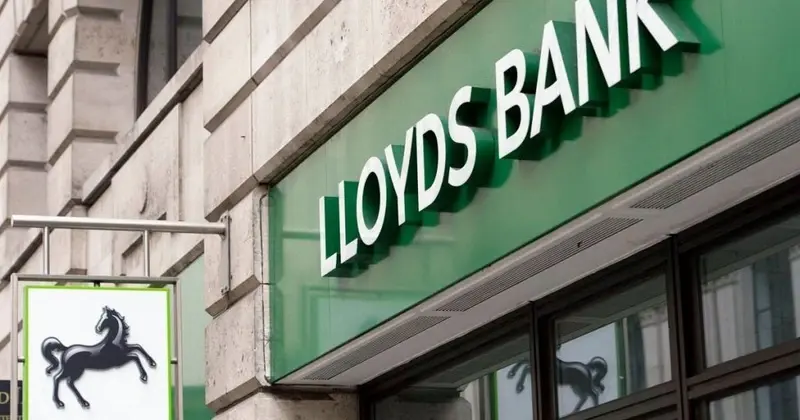
If investors in Barclays (BARC) felt hard done by yesterday after their shares fell 6%, they might spare a thought for the luckless holders of shares in Lloyds Bank (LLOY) which slumped more than 9% to a new eight-year low of 25.8p after its first half trading update.
Like Barclays, Lloyds increased its charges for bad loans using the new IFRS 9 accounting standard which requires banks to model various best and worst-case scenarios and provision accordingly.
We wrote about the potential impact of this new accounting standard on bad loan provisions and bank profits earlier this year.
Despite a reasonable underlying performance in retail and business banking in the first half - given the circumstances - investors turfed the stock out after it took a second quarter impairment charge of £2.4 billion ‘primarily reflecting a significant deterioration in the forward looking economic outlook’.
The charge took Lloyds’ provisions for the first six months to £3.8 billion, while the bank cautioned that full year provisions could be as much as £5.5 billion.
Leaving the charges to one side, Lloyds said that loan books ‘based on actual defaults to date continue to perform well, with the additional provisions building balance sheet resilience’.
The bank also reported a £13 billion increase in customer deposits in the second quarter, with retail deposit growth outperforming the market as consumers stashed their money away during lockdown.
Like Barclays, Lloyds’ Core Equity Tier One (CET1) ratio was a respectable 14.6%, well above the regulatory requirement of 11%, giving it a cushion should it need to increase provisions.
While the bank said it saw ‘early signs of recovery’ in its core markets, such as rising consumer confidence and mortgage demand, it admitted the outlook was ‘highly uncertain and the impact of lower rates and economic fragility will continue for at least the rest of the year’.
Moody's analyst Edoardo Calandro he expects Lloyds' balance sheet 'to remain strong despite revenue pressures due to its good efficiency (55% cost-income ratio in Q2 2020) and conservative liquidity risk management' and that its 14.6% CET1 ratio was an 'ample buffer.'
READ MORE ABOUT LLOYDS HERE




